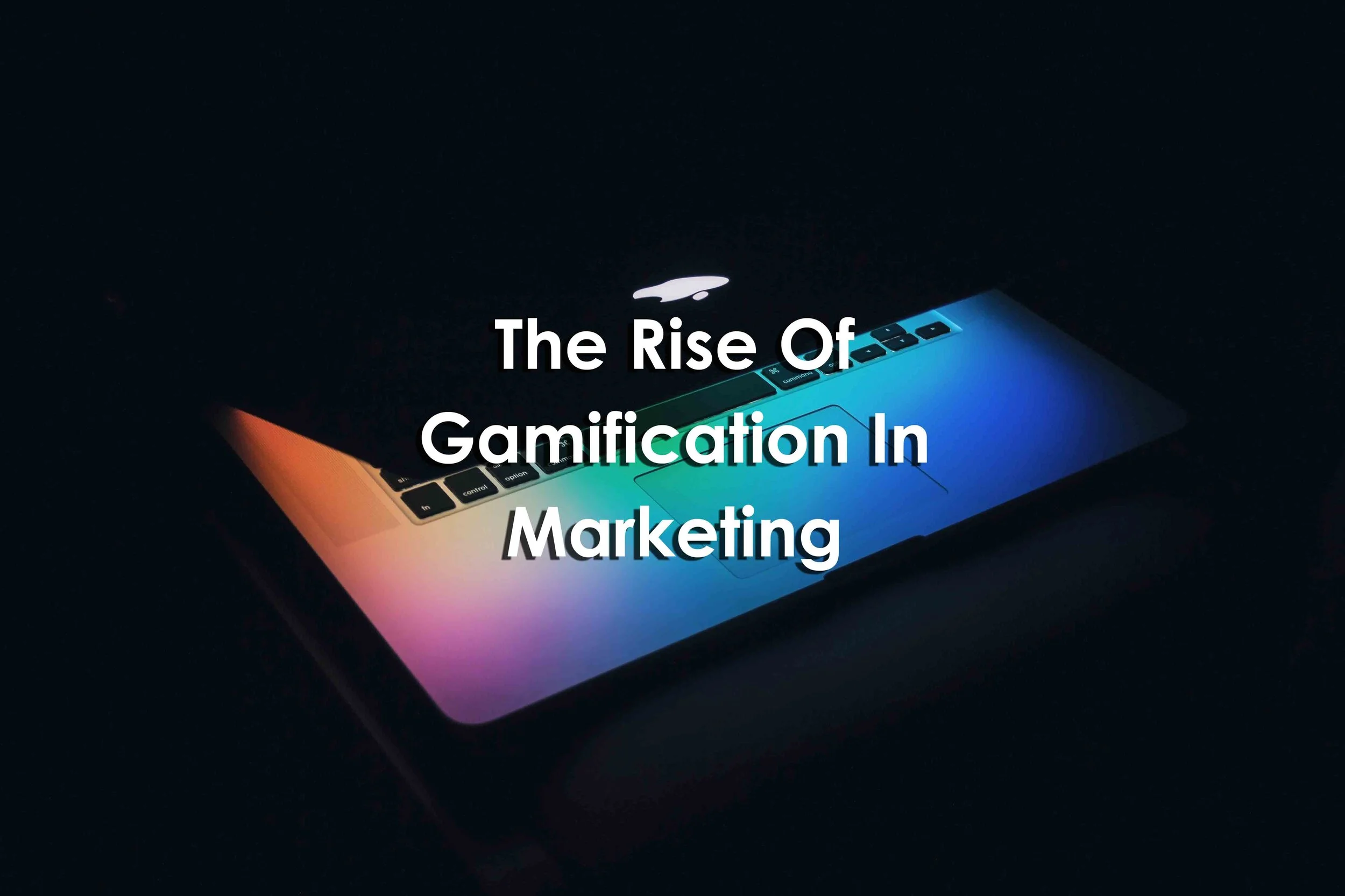The Rise of Gamification In Marketing
The Rise of Gamification In Marketing
The Rise of Gamification In Marketing
Have you visited a website recently and been confronted with a page that lets you spin an online wheel for the chance to win a discount or other incentive? It’s the latest trick in the marketing profession’s adoption of gamification.
Creating engaging content that cuts through the noise is the aim of every marketing campaign. Drawing target audiences into campaigns, rather than just passively reacting to it, is great for customer engagement and sales.
What is marketing gamification?
This is the use of games and interactive content in a marketing strategy to drive customer conversion. Consumers are already used to interacting with their on smart phones through online slots, forums and social media, this is a natural extension of the trend.
The outcome of the gamification is to achieve points, discounts or prizes. This form of marketing is far more successful in engaging audiences.
Benefits of gamification
Any marketing tactic that drives engagement and brand awareness is going to benefit a brand. Engaged audiences are more likely to subscribe to newsletters, like social media content and eventually, buy a product. Gamification can:
-Promotes content engagement
-Increases conversion rates and moves prospects through the sales funnel
-Leads to brand loyalty
Examples of successful gamification campaigns
Some recent examples of successful campaigns include:
Under Armour - Trivia App
The popular fitness brand launched a trivia app in advance of the NBA playoffs. Partnering with player Steph Curry, whenever he gets his first three-pointer in a game, the app would launch a trivia game. Prizes included signed merchandise, tickets and Under Armour clothing.
Starbucks Rewards App
The Starbucks Reward system is one of the most used in the world. While Starbucks made it very easy to order and pay via the app, they introduced gamification through a completion method. This is where customers work towards certain perks and benefits. The more people buy, the bigger the rewards.
NikeFuel
Fitness trackers and apps have started to flood the market as more companies produce fitness trackers and apps. Nike decided to target the motivational issues amongst users by allowing them to post their achievements to social media and compete with each other in groups.
Users work towards certain activity and fitness goals in order to unlock achievements within the app.
M&M’s Eye-Spy Pretzel
The marketing team at M&M’s certainly pulled off something of a coup with their deceptively simple game. You simply have to find the single pretzel hidden in an image packed full of M&M’s.
People were hooked and the puzzle was shared nearly 7,000 times as people challenged their social media followers to find the pretzel themselves.
Conclusion
The marketing industry has only just dipped its toe in the waters of gamification. Expect brands of all sizes across many sectors to start integrating it as part of a wider marketing strategy.
While companies like Nike and Under Armour have shown that they can run successful, multi-level gamification, the M&M campaign proves that simple can be successful too.
It will certainly be interesting to see the industry develop.


